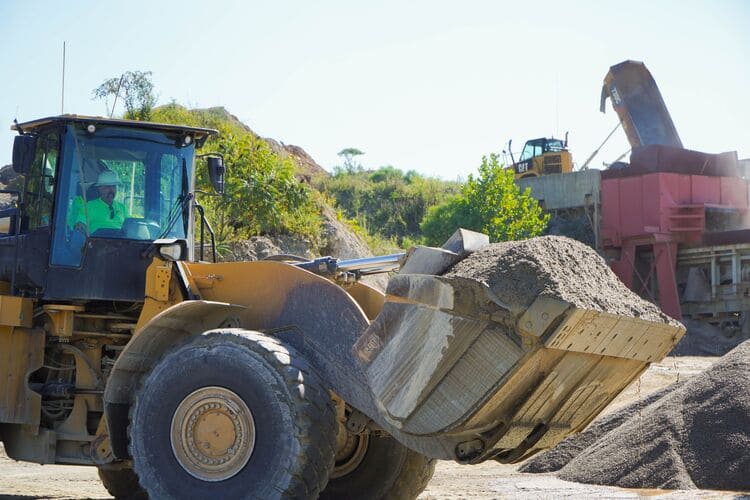The construction industry continuously evolves, with new materials and techniques improving building efficiency and sustainability. Over time, traditional methods have gradually been replaced by modern approaches that prioritize speed, cost-effectiveness, and environmental impact.
The choice between traditional and modern building techniques can significantly influence the outcome of a project—whether it’s a residential home, commercial building, or infrastructure development.
What are traditional construction techniques?
Traditional construction techniques have been fundamental to the industry for centuries. These methods rely heavily on manual, labor-intensive processes performed by skilled craftsmen.
Due to the hands-on nature of traditional construction, these projects often take longer to complete. Modifications or changes can be challenging to implement once a project is underway, potentially delaying the timeline even further.
However, traditional methods offer flexibility in material selection, as craftsmen historically used whatever local materials were available. This can sometimes result in lower material costs compared to modern construction.
Examples of traditional construction
For thousands of years, people have developed region-specific construction techniques suited to their environments.
-
Adobe construction: This method uses sun-dried bricks made from a mix of clay, sand, straw, and mud mortar to build durable walls. It is commonly found in the American Southwest, South America, and Africa.
-
Post and beam construction: A method that has been around for millennia, post and beam construction uses large wooden beams for structural support. Similarly, half-timbering combines timber frames with other materials to create a distinctive, historical appearance. Both techniques highlight exceptional craftsmanship and lend a timeless, authentic look to buildings.

What are some of the advantages of traditional construction?
Traditional construction techniques often feature intricate craftsmanship and detailed, custom work, which adds character and uniqueness to each structure. These techniques ensure that no two projects are alike, offering a distinct and personalized aesthetic. Additionally, the use of locally sourced materials allows traditionally built structures to blend seamlessly with their natural surroundings.
What are some of the disadvantages of traditional construction?
Traditional construction methods rely heavily on manual labor and skilled craftsmanship, making the process more time-consuming and costly. The need for specialized labor can drive up costs, while longer timelines may impact project efficiency.
Furthermore, traditional techniques often depend on locally available materials, which may not always be renewable or sustainable. This can pose challenges for environmentally conscious projects.
What are some advantages of modern construction techniques?
Modern construction methods benefit from technological advancements and automation, which streamline processes and optimize resource usage. Prefabrication, where components are manufactured off-site in controlled environments, is a prime example. This approach reduces construction time and minimizes material waste, increasing overall efficiency.
Automation is another powerful tool in modern construction. Tasks like material handling, concrete pouring, and bricklaying can be automated, speeding up the construction process and reducing the need for manual labor.
Although modern construction may involve higher up-front costs due to the technology involved, these methods ultimately lower project costs by conserving both materials and labor, making them a cost-effective option in the long run.

Which method is better?
Choosing between modern and traditional construction techniques depends on your project’s specific goals, timeline, and budget. Traditional methods can result in buildings with unique character and craftsmanship, while modern techniques prioritize speed, efficiency, and cost savings. Both approaches have their advantages, so the best method will vary depending on what you value most in your project.
At Redstone, we believe in a balanced approach, combining the strengths of both traditional and modern construction techniques. By leveraging the benefits of each method, we create high-quality projects, boost employment opportunities, and ensure customer satisfaction. Interested in a career in the construction industry? Visit our careers page today!


Recent Comments